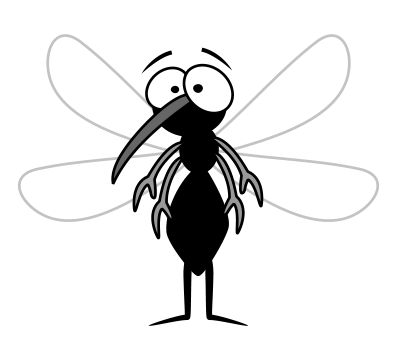An Agent-Based Model to Study High-Resolution Spatial Heterogeneity in Aedes aegypti-Borne Diseases Through the Use of Network Theory
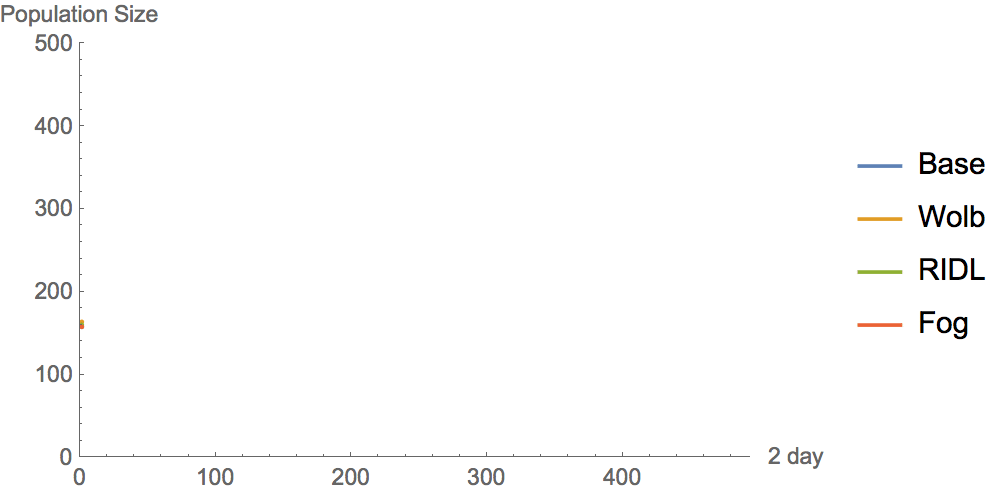

const char* authors[] = {
"Candidate: Héctor Manuel Sánchez Castellanos",
"Advisor: Edgar Emmanuel Vallejo Clemente",
"Co-Advisor: John M. Marshall"
};
I. Background
1. Epidemiological Motivation
1. (ABM+Networks) Motivation
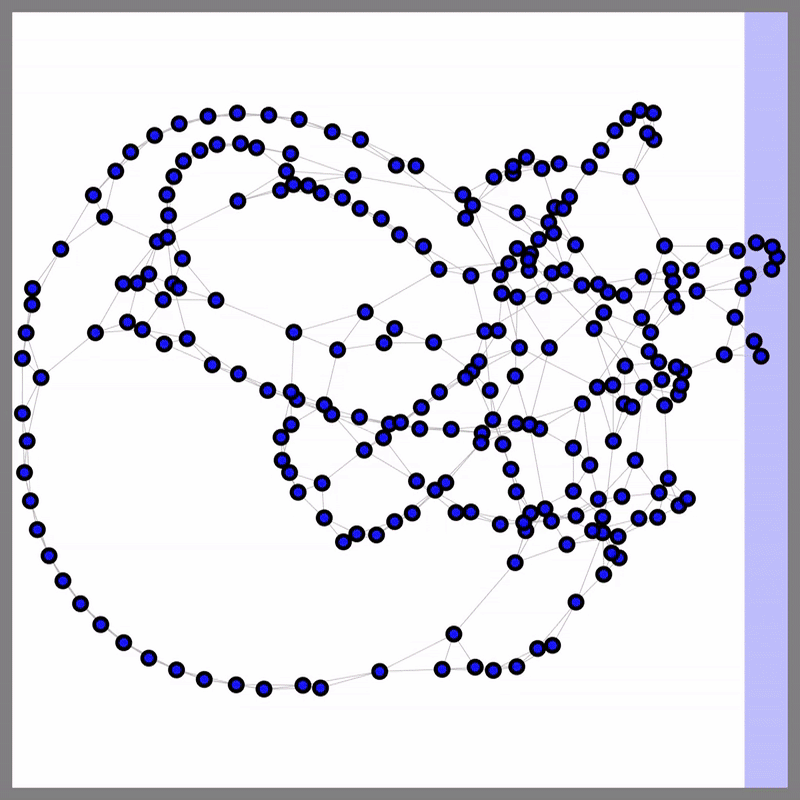
2. Main Hypothesis
2. Sub-Hypotheses
II. Model
1. Agents' Definition

2. Mosquito Life Stages
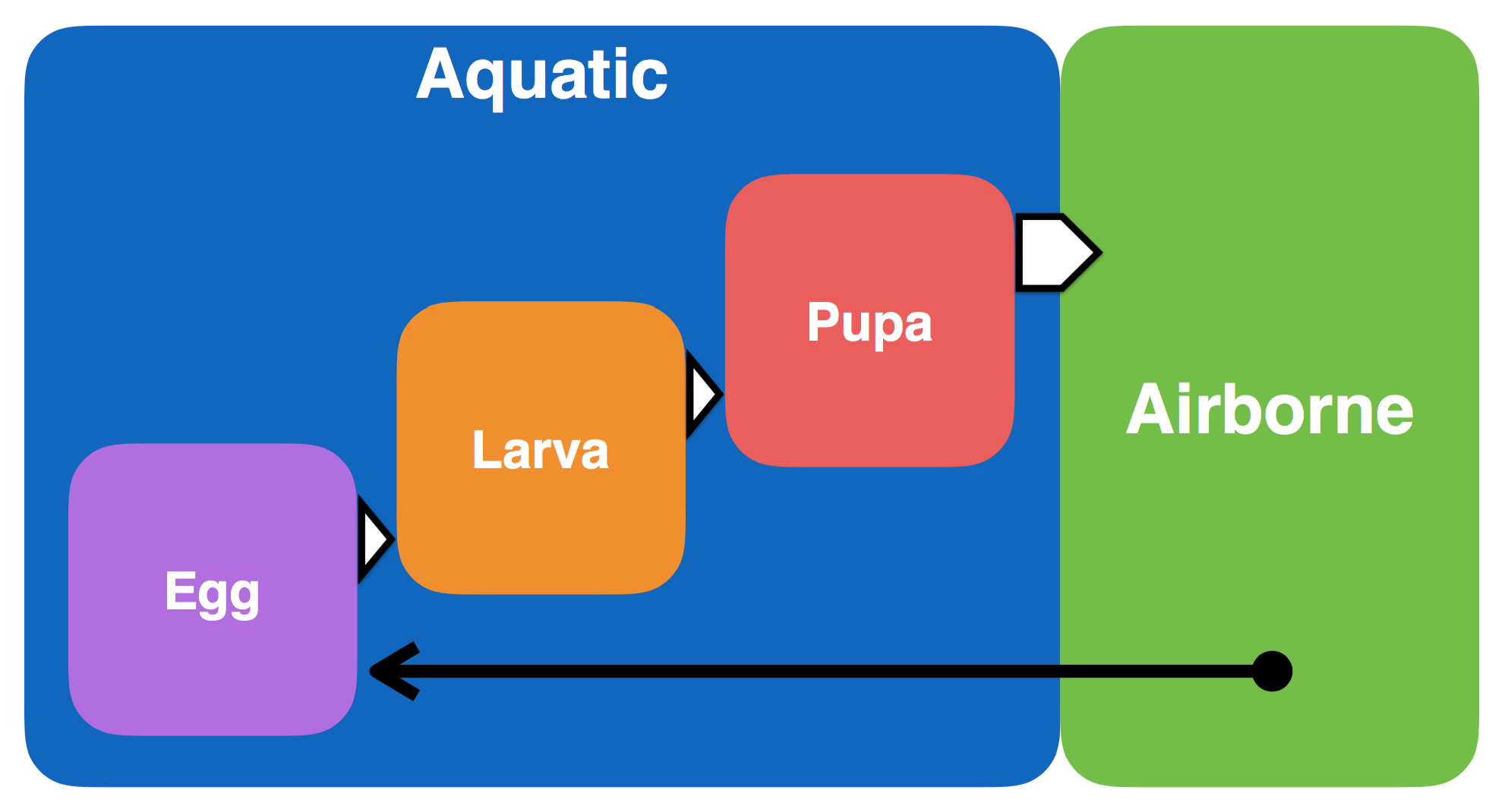
2. Mosquito: Aquatic Stages

2. Mosquito: Adult Stages
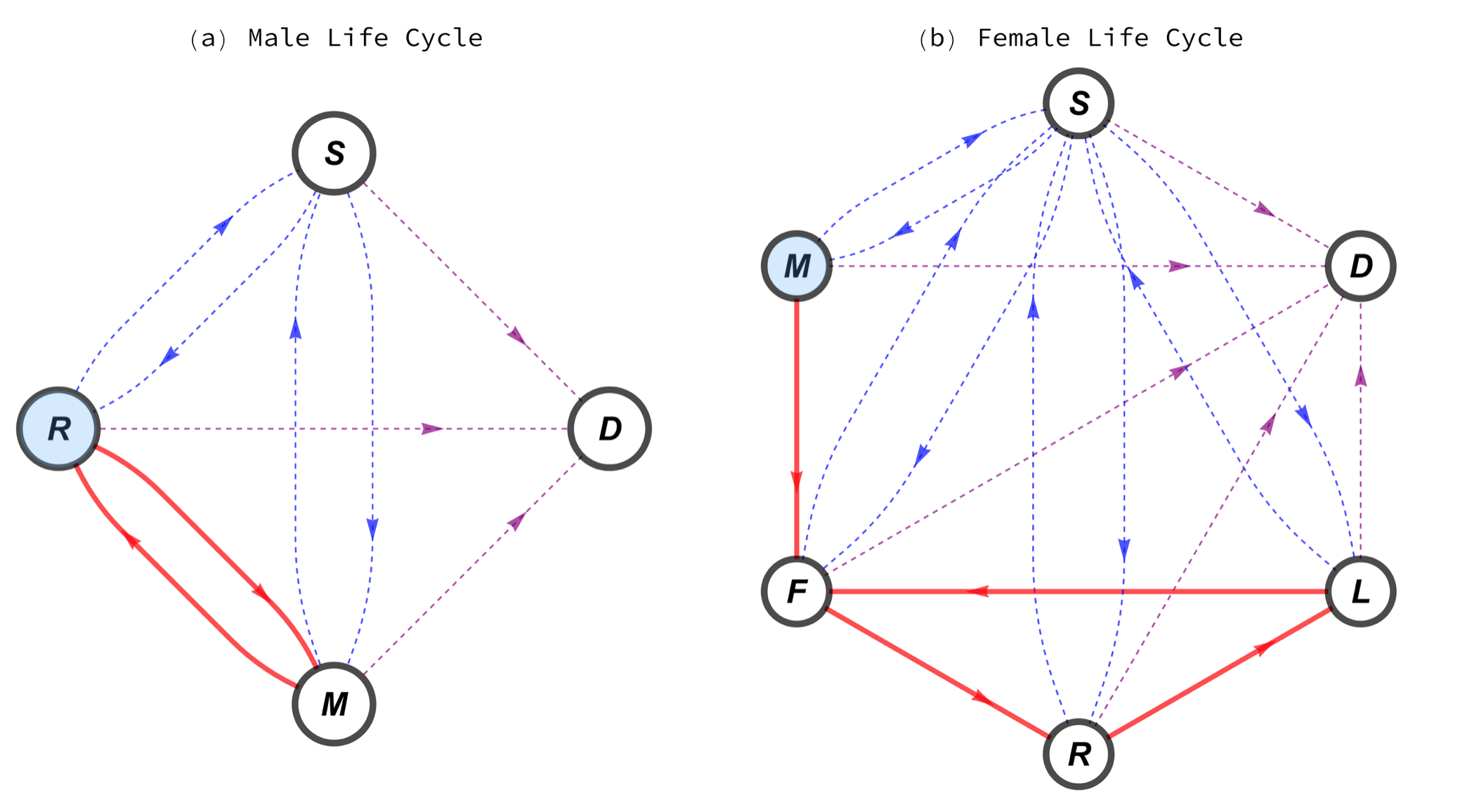

3. Humans

III. Validation
1. Validation by "Proxy"

1. ODE Model
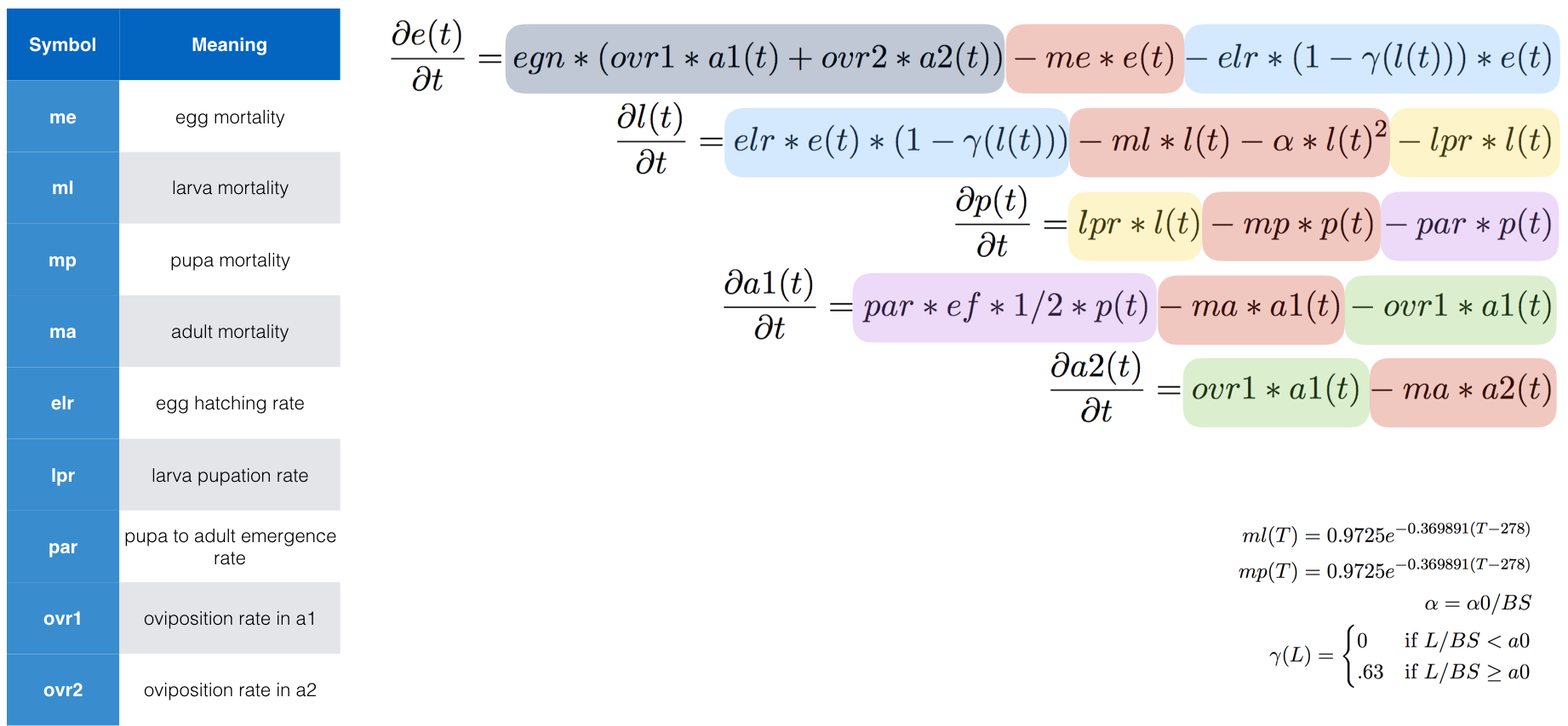
2. Experiments Descriptions
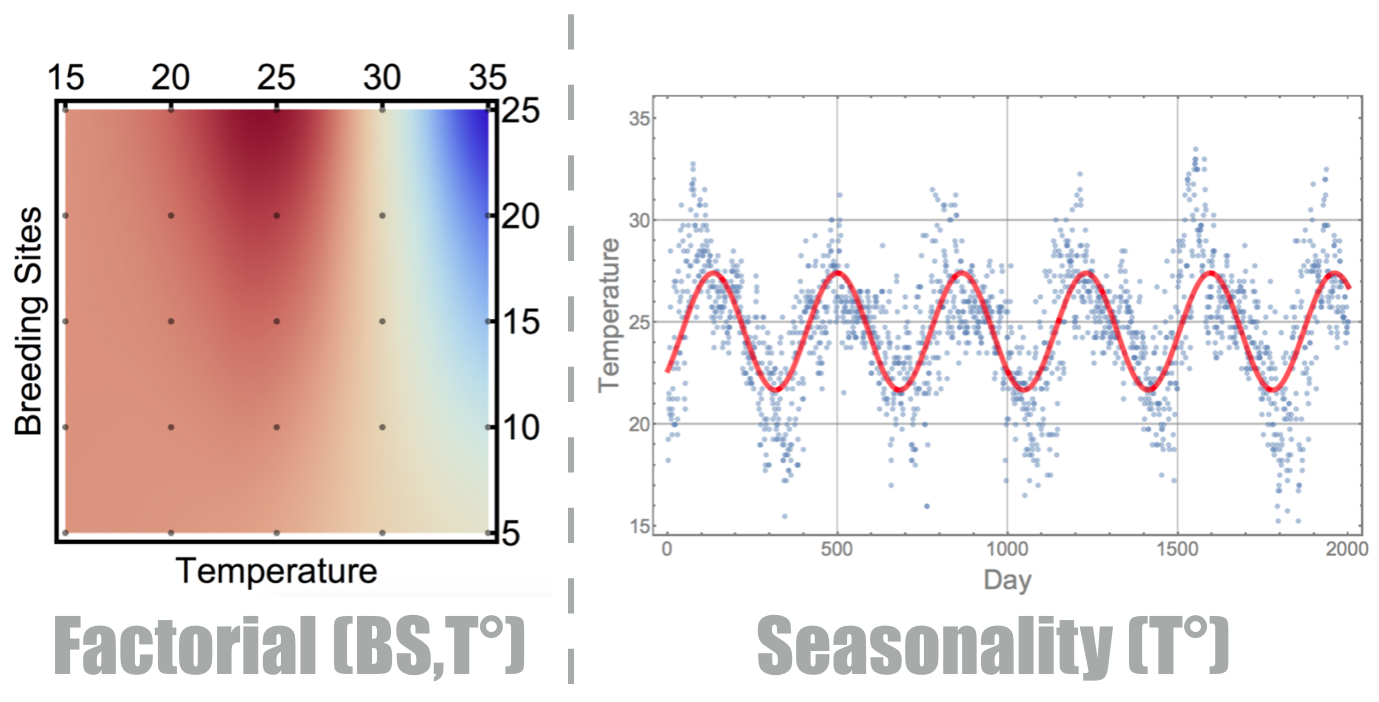
2. Factorial Responses

3. Seasonality Responses
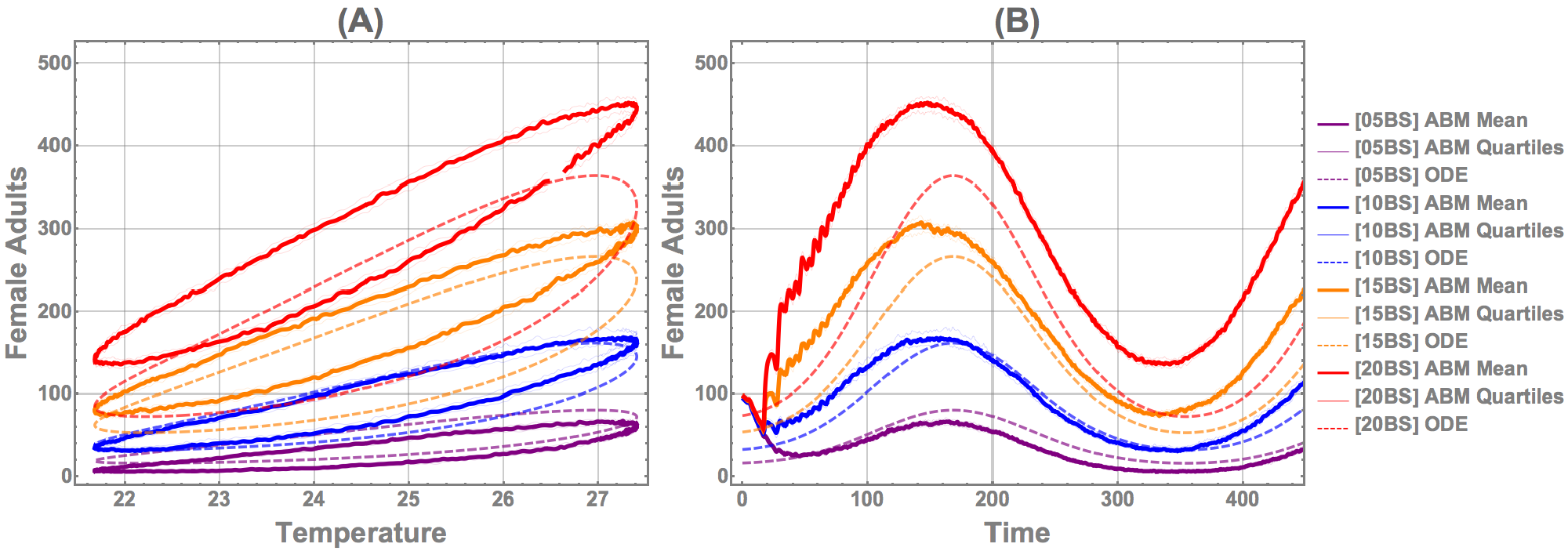
4. Modelling Differences
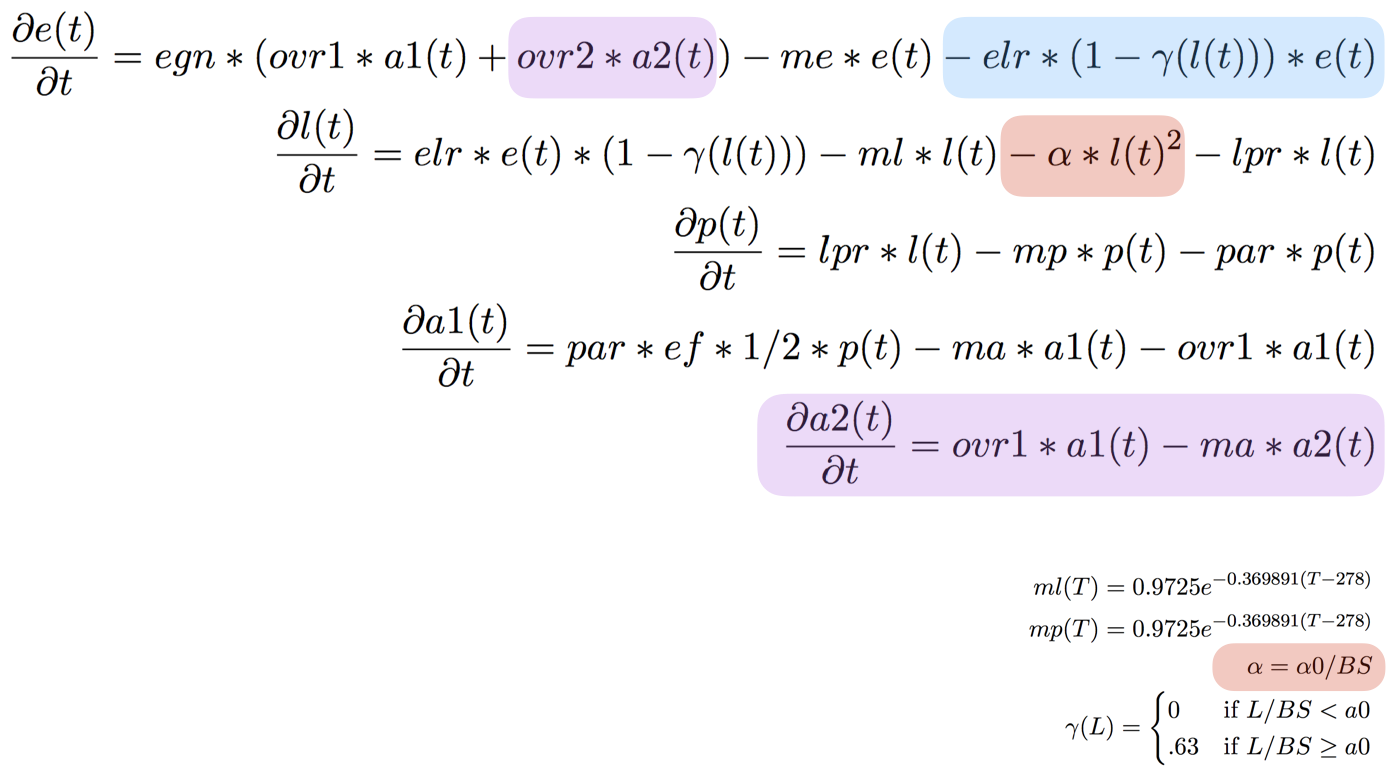
4. Collapsing ODE into ABM

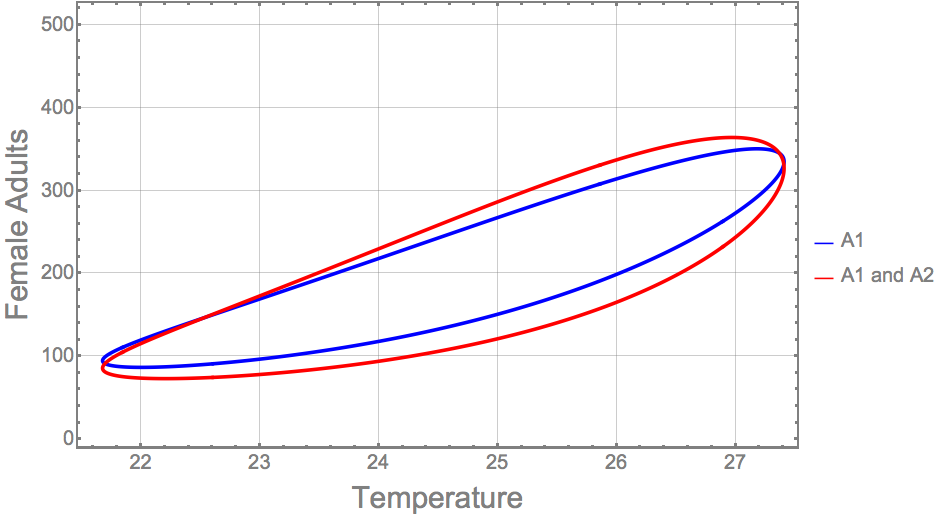
4. Collapsing ODE into ABM
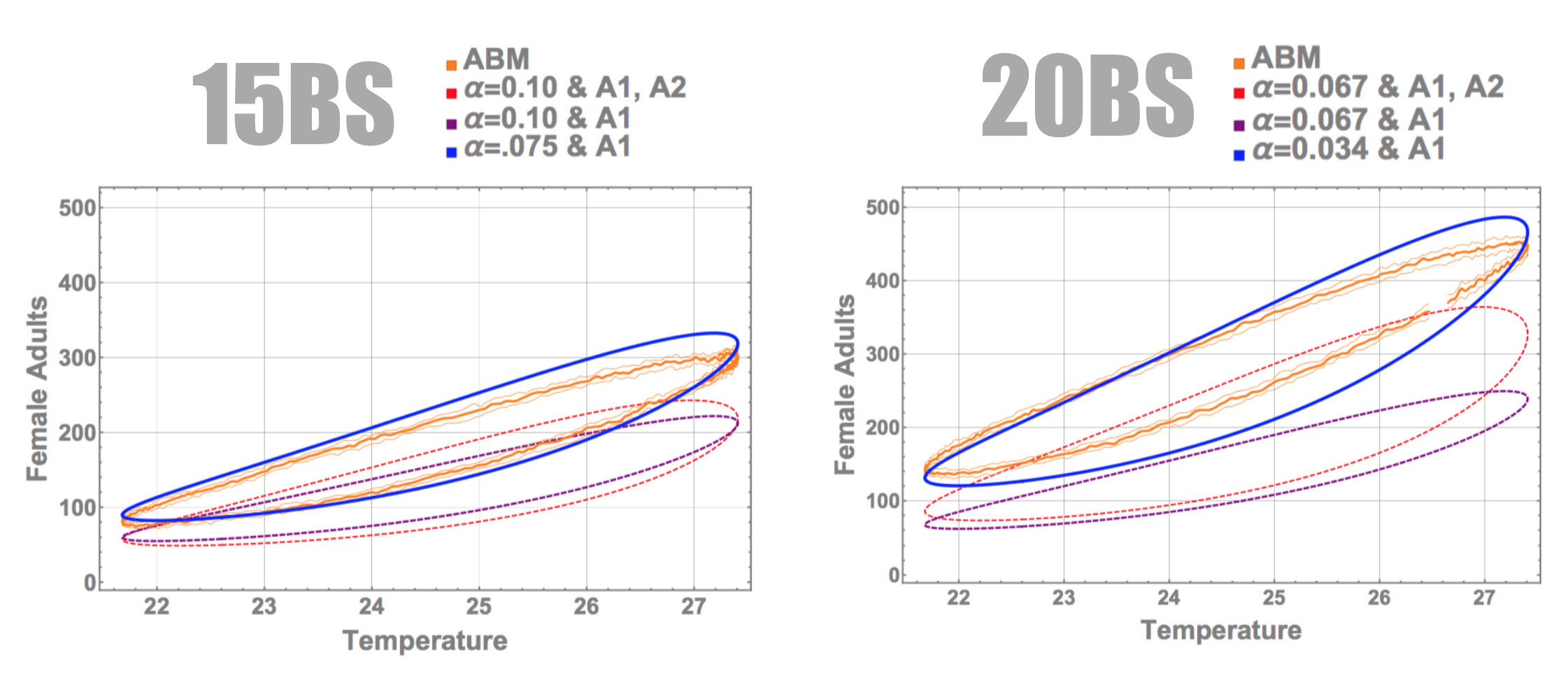
5. Experiments' Conclusions
(offset in bites should be fairly uniform given same conditions).
IV. Networks and Spatial Heterogeneity Experiments
1. Experimental Setups


2. Population Dynamics Results


2. Networks Emergence

2. Networks Emergence


3. Networks Analysis


4. Experiments' Conclusions
V. Conclusions & Future Work
1. Conclusions
2. Main Contributions
3. Limitations & Future Work

3. Limitations & Future Work
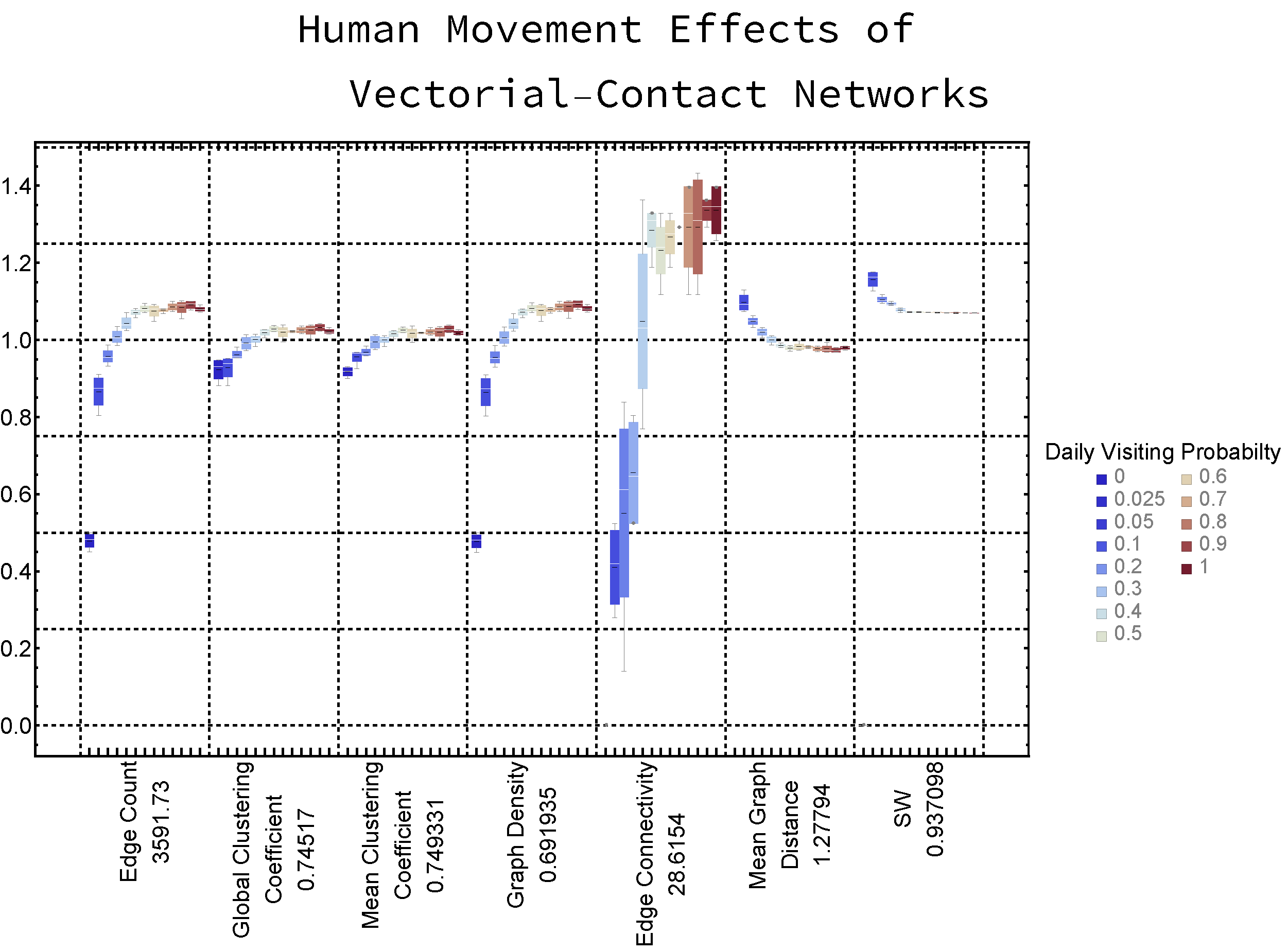
3. Limitations & Future Work
